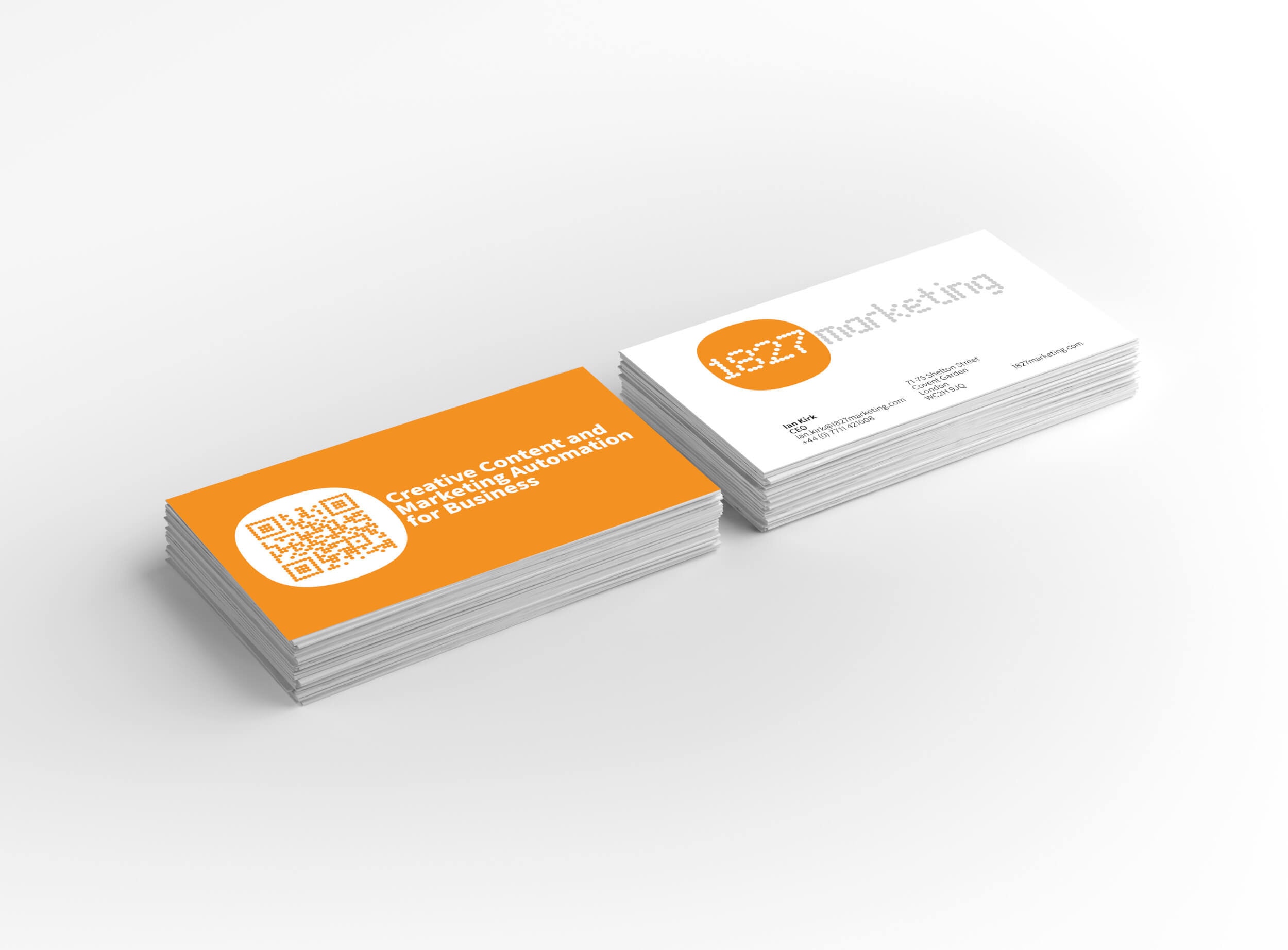Marketing Strategies That Will Improve Your Lead Generation at Trade Shows
Like practically every other event within a company, trade shows can start to feel like old hat after a while. The same materials are used, the same people attend, and the same information is rehashed. If you’re starting to see a stagnancy (or even decline) in quality leads from your trade shows, it’s time to look at your event marketing strategy. In this article, we’ll give you a few ideas to improve your presence at the show while modernising your lead generation.”
Content Marketing Strategies Ahead of Your Trade Show
Preparation needs to be more than grabbing a stack of business cards and an iPad to collect potential prospects’ email addresses. You need to think about who’s attending, what they’re looking for, and how their schedules will influence their decision.
1. Build the Invite List
As you build a list of potentially interested parties, consider the people you’re targeting.
How well do they match the audience of your typical marketing campaign ?
How much interest have they shown in your company (if any)?
How busy are they and how much bandwidth will they have at the trade show?
Deciding to participate in a trade show is a great opportunity to reach out to existing customers, prospects and partners to let them know that you’re going and suggesting that you might see them there.
Sign up for our newsletter
Get the latest news and ideas from 1827 Marketing sent directly to your in-box.
You will receive an email from us every couple of months, and you can opt out at any time.
2. Segment Using Personas
Once you have your list together, it’s time to segment the larger list into manageable groups. If your groups are too broad, you risk sending a generic invite that will instantly get lost in an inbox. If they are too narrow, you can miss out on new opportunities that can redefine your position in the industry.
Consider the messaging that each of your personas would respond best to. For example, the VP of a start-up with an informal business culture might not respond as well to a formally worded corporate invitation. Be prepared to tailor your campaign materials to suit your audiences.
You can use a marketing automation platform to manage invites and personalise the content each prospect receives. Segmentation allows you to tailor the information you send out depending on where your prospect is on the customer journey. If they know little more than your company’s name, they don’t necessarily need the details of a customised package from your company. Instead, you might send an informal, no-strings-attached invitation to learn more about the company.

For example, if a target has visited your landing page three times but hasn’t sent an RSVP to your invitation, marketing automation enables you to trigger a follow-up to encourage them to take the next step. Dynamic content also enables you to personalise the landing page, allowing you to make changes for individual prospects that optimise for conversion.
For those who have already accepted the invitation for the trade show or expressed interest in meeting with your company, the follow-ups can thank people for their interest, give further context to the show, promote a special keynote speaker or encourage people to schedule a private meeting.
By identifying the decision-makers at key accounts, you can use automation to send personalised emails with an incentive that prospect would value in order to get you some face to face time. An exclusive ‘trade show only’ offer or an invitation to a one on one exclusive demo could be exactly the nudge they’re looking for.
3. Schedule Meetings
You can also use automation to schedule face-to-face meetings in your calendar. Convince your audience that now is a great time to talk to someone. This can instantly make your business more relatable, and give people a reason to follow-up at the conference. If you already know your location in the trade show, give people an easy way to locate your booth in the crowd.
The marketing automation platform that 1827 Marketing uses provides calendar integration. With it, you can share links to allow your contacts to book a meeting with you and this will go directly into your calendar and your CRM. This is useful at any time of the year, but for trade shows you can set up a type of meeting to allow your contacts to book a visit with you or a member of your team at your booth during the show.
4. Develop Content Marketing
In the run-up to your event, your goal is to get people excited about the show and keen to make contact with your company. Automation helps you deliver the right message at the right time so you can connect with even the most time-pressed decision-makers.
You could consider publishing articles about key industry issues that the products and services you provide address, especially if they relate to a theme of the trade show. In addition you can prepare email campaigns, social campaigns and remarketing campaigns to raise people’s awareness and interest in the lead up and during the show.
A marketing automation platform will enable you to craft and manage your buzz-worthy campaign from a central hub. Whether you’re scheduling social media updates or updating personas, automation makes it possible to prioritise and evaluate at every stage of the way. When you have the big picture at your fingertips, you can use it to bring your marketing strategy into clear focus.

Creative Content Marketing and Automation During a Trade Show
A trade show can be a hectic time, and it’s not unusual to see fast handshakes after superficial introductions. Despite the bustle though, there are ways to slow the audience down to listen.
1. Use Social Media
You have to be active on social media during the show, using the trade show’s hashtags, and giving people an easy way to find your stand.
You can use automated scheduling tools to create a baseline of promotion regardless of how busy you get so that while you’re busy answering questions and delivering keynote speeches, you’re still active on social media.
Be generous in how you use your social media platforms. Take some time to write short posts that showcase the highlights from some other (non-competitive) companies that or there, or some of the most interesting and innovative ideas from keynotes presentations. If there are common themes that emerge across several different companies that look like they might be industry trends, make sure you’re highlighting these to your social audience. They might become the basis for future white papers that you publish. Use the right tags and hashtags when you share these, and the companies involved may increase your own exposure by resharing your content.
Automation can also be used to show testimonial videos to your products or services. This marketing strategy can be especially effective for people in the beginning and middle stages of the sales funnel. Consider posting in-the-moment reaction videos on YouTube, Facebook, LinkedIn, or Instagram. Ask prospects if they’d be willing to take a photo for your social media profiles. They may follow-up just to see their picture on your page. Pre-prepare a list of keywords that will target viewers looking to solve a specific problem and use them in your captions and updates.
2. Track Your Links
Using trackable links allows you to gauge which content is generating the most buzz. When you use marketing automation software, you can see which leads are clicking through to which content. Doing this during a trade show gives you a sense of how key demographics and accounts behave in real-time.
As you see which content garners the most interest, you can optimise your strategy during the show and beyond. While it helps to have a flashy product or service that will entertain and delight, you can use this tactic to your advantage regardless. Just make sure the content is relevant to your audience and appropriate for the tone of the trade show.
3. Stay Connected
When you have people at your stand, it is time to get their information. If the trade show doesn’t supply the technology to enable you to quickly scan a barcode on a person’s name tag to get their information, an iPad with a well-designed landing page can be the best alternative. However you capture people’s details, make sure that their data gets into your automation platform as soon as possible to enable a quick and seamless follow-up process. Follow-ups can be automated with a marketing automation platform. – either in the form of tasks and reminders being set for your team or emails direct to the contacts that you have met.
You can also send automated emails during the show to remind people of appointments, any keynote speeches or workshops your company is running, or your hours and location. We highly recommend creating lead magnets, such as value-packed ebooks or whitepapers, that will act as an incentive for your visitors to engage and hand over their contact information.
4. Make your business card work harder for you

When it came to developing 1827 Marketing’s business cards, we felt we were dealing with an analogue technology when we wanted to live in a more digital world. After some research, we decided to make our business card as digital as we possibly could. There are two elements of interactivity:
The business card features a QR code. Scanning the card takes you to a page on our site. Mostly it’s the home page but it’s equally possible to have a landing page that has been designed to support a promotion that’s specific to the trade show, or to have a page that’s unique to each person with a bio, contact form and links to book meetings.
Our cards also have NFC built into them, so if they’re held to someone’s phone our contact details pop up so they can be saved to the address book in one click.
We admit this that combining these technologies is probably a bit too geeky for most other companies, but it kind of made sense for a marketing automation company, and they make for a great talking point.
5. Use remarketing and LinkedIn advertising to stay top of mind
If you have a small budget available for remarketing or LinkedIn advertising, it’s a good idea to promote your business in the weeks ahead of the show, during the show, and for at least a week or two after it.
Your LinkedIn advertising can be narrowly targeted to match the profiles, and even the company names, of people attending the show. That way people will be more likely to have seen your company name and have it top of mind as they walk around the venue, and be reminded to follow up with you afterwards.
You’re likely to have more web visitors during the show and afterwards. A simple remarketing campaign that targets these new visitors to your site and helps you to stay top of mind is a good investment. Your visitors will have visiting many other companies’ web site as well, and remarketing can help to keep your business top of mind.
Using Trade Show Content Together with Marketing Automation
Automation is the vital tool in your kit post-show when you want to follow-up with contacts quickly and in a way that will stand out from the competition. Chances are every other vendor will be following up with people directly after the show too.
1. Personalise the Follow-Up
Your core strategy should be to tailor the contents of your follow up based on your interactions with the prospect. Just because an email is automated, doesn’t mean it needs to be rote. Marketing automation software makes it easy to tweak your content without slowing communication.
Similar to automated communication before the show, you can employ the same strategies afterwards as well. The emails you send to a senior VP you had a conversation with will be very different than that of a fellow marketer who didn’t even attend the show. Use automation to work incorporate data from the CRM into your messages.
Talk to the person referencing the business issues, services and products you spoke about at the show. If you had a one-to-one meeting or demo, thank them for their time. If you didn’t have time to collect additional information from select leads, reference your keynote speaker or another conference-specific detail.
2. Use Your Keynote to Create a Whitepaper
Repurpose any content you created for the show, such as your slide deck or any video recordings of your presentation, as a downloadable resource to include in your follow-up mail.
3. Work the Content
You’ve invested time creating content for the show and collecting information. The goal after the trade show is to put every piece of it to good use and maximise its potential. Schedule an audit with your trade show team to discuss how video demos, notes, and testimonials can be blended into your content marketing strategy.
The goal here is to essentially underline your points as to how the prospect can benefit from your services or products and move them along their customer journey. Write a thoughtful blog post talking about your time at the trade show, what you found most interesting there and its place in the industry.

Integrating Your Marketing
Whether your marketing is light and humourous or practical and professional, you can use it to your advantage during a trade show. Marketing automation systems are all about delivering the right amount of information to each recipient and at the perfect time. Personalisation helps to balance your messaging so there’s less confusion and more relevance.
Marketing is all about how you approach your customers. Come on too strong, and they may feel overwhelmed. Come on too weak, and the customer is liable to forget about you altogether. If you’ve used automation to form a strong impression with customers at the trade show, it capitalises on the momentum and leads them towards a conversion. As you track where people are in the customer journey, you can maximise their engagement. Whether you get a lead from a webinar or a trade show, automation helps you sort out the details so you know how and when to reach out again.
Discovering Automation
If you want to see how our content creation and marketing automation services will work for you, 1827 Marketing is here to show you. When you schedule a demo, we give you practical ideas you can take to the bank. From trade shows to social media, our services will create the campaign plans, content and automation to keep track of countless details so you can focus on your prospects and clients.
Have a B2B marketing project in mind?
We might be just what you’re looking for






